The moon is our nearest neighbour. We look at its birth, its history and its impact on our lives
The moon is our nearest neighbour in space. We look at its birth, its surface, its history, its eight phases and how it has helped keep our daily lives on track since ancient times
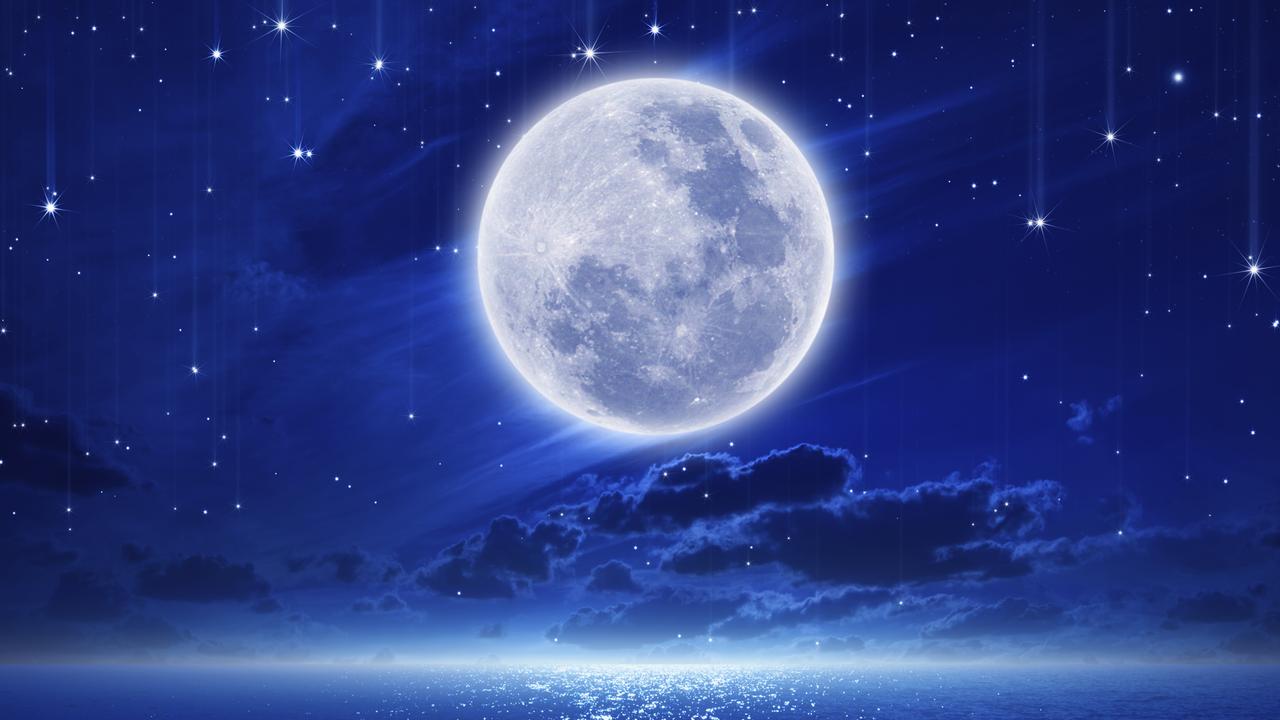
READING LEVEL: GREEN
The moon is our nearest neighbour in space and has provided light at night for life on Earth for millions of years.
It is an astronomical* body that is considered our only permanent natural satellite* because it orbits* Earth.
Some world cultures still use the moon as a calendar and over centuries it has been worshipped as a god and a symbol of nature and life.
Moon facts
- The moon’s diameter* is 3476km. By comparison the Earth is 12,756km, so the moon is much smaller.
- The average distance from Earth is 384,402km.
- The moon is very hot during the day but very cold at night. The average surface temperature of the moon is 127C during the day and -173C at night.
- The moon orbits the Earth every 27.3 days
- The side that we can see from Earth is called the near side while the other side is called the far side (it is sometimes called the dark side despite the fact that it illuminated* by the Sun just as much as the near side).
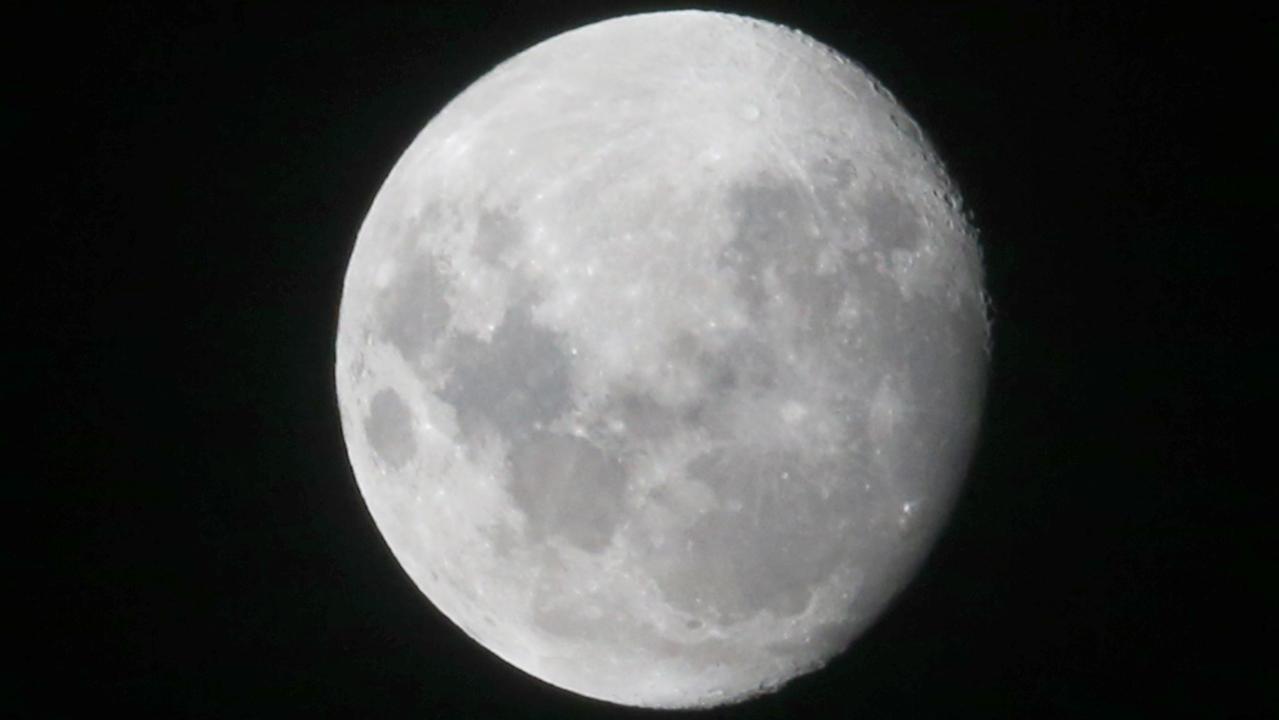
Surface of the moon
The moon’s crust varies from an average of 60km thick on the near side and 100km thick on the far side. The surface features dark plains of old lava flows caused by meteor impacts. Each of these is known as a mare (”sea” in Latin). The brighter coloured highlands are called terrae.
Covering most of the moon is dust and pulverised rock known as regolith.
Rock samples show that it is similar to Earth but with different amounts of minerals.
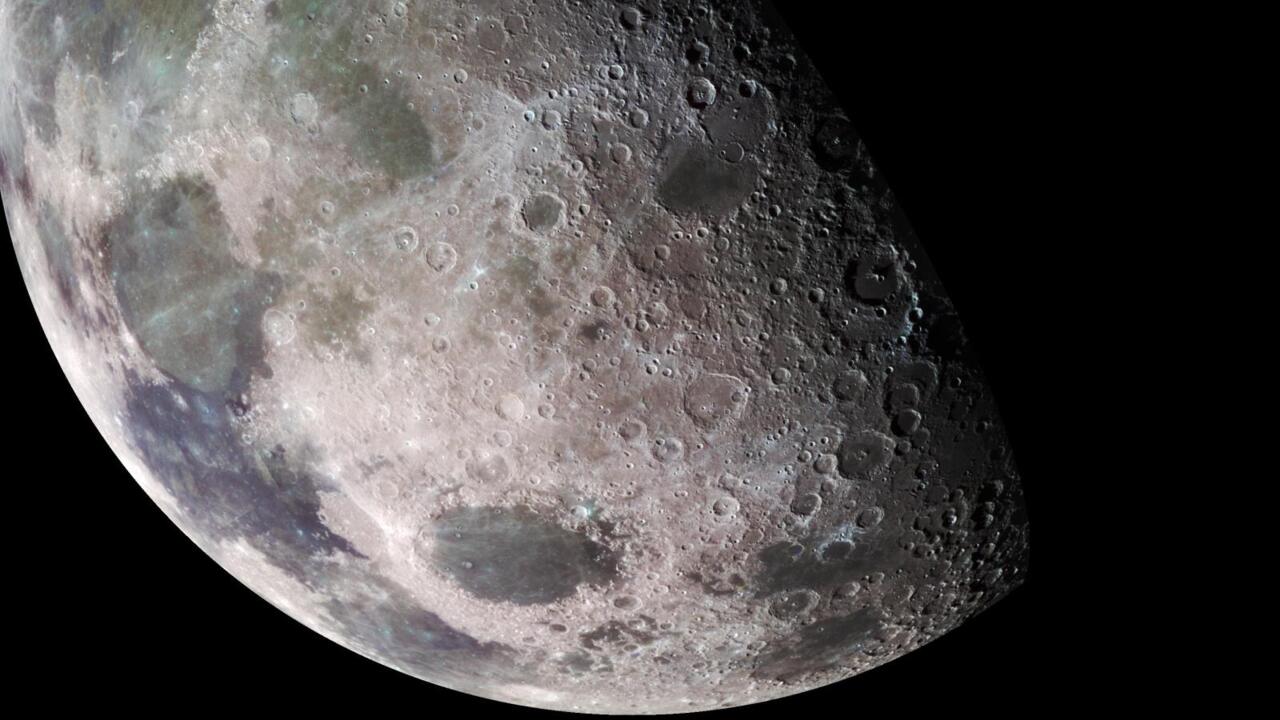
The birth of the moon
There are several theories about how the moon was formed. One of them suggests that the moon and the Earth formed near each other and that the gravitational* pull of the larger body pulled the other into its orbit.
Another theory says that the moon is a “captured” satellite — that is it was believed that it was an object from elsewhere in the solar system or outside the solar system that got caught in the Earth’s gravity.
But the “big splat” or “big splash” theory suggests the moon was created from material that splashed out of the Earth’s core after an impact from a Mars-sized meteor.
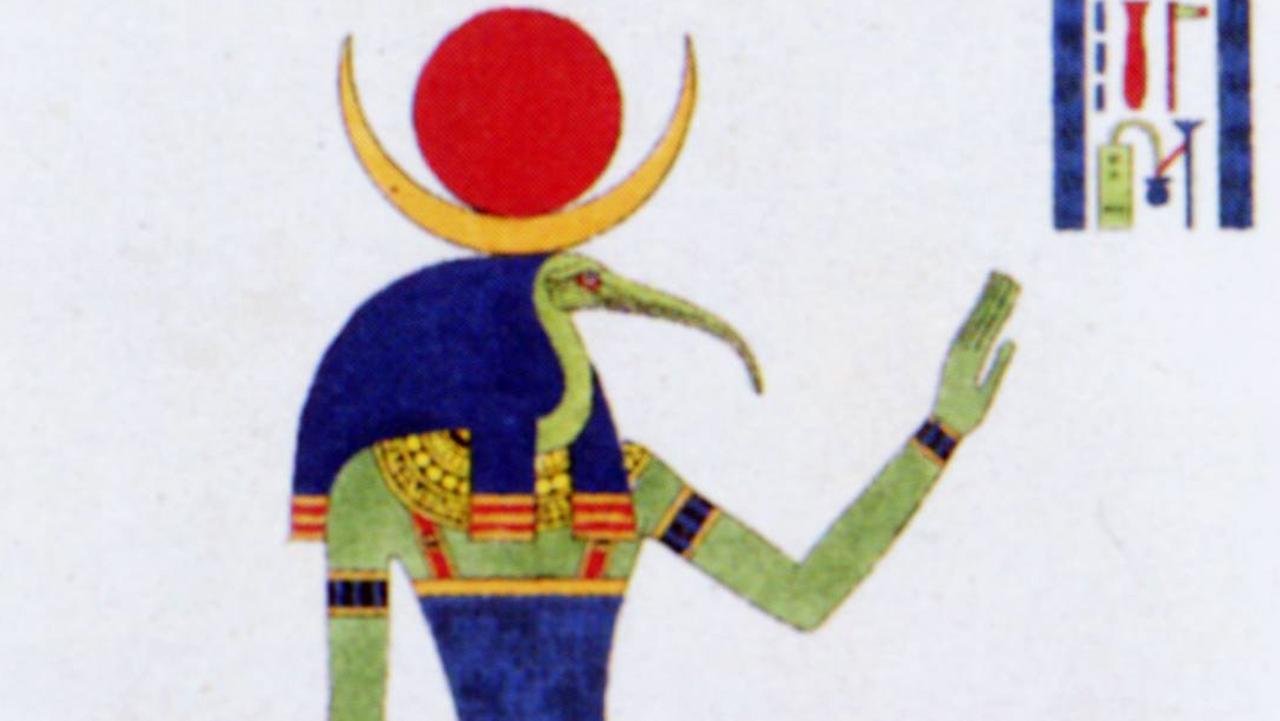
Mythology
Many ancient cultures saw the moon as a female god partly because the sun was considered male so its opposite, the moon, must have been female.
There was also a strong association between the moon and madness. From ancient times the moon was the focus of rituals dedicated to an ancient, prehistoric god or feminine force known as Mana. The rituals involved a descent into madness or mania.
The word lunacy has a similar origin, taken from the Greek word luna for moon.
With the rise of Christianity many of these rituals were seen as evil.
Madness itself became associated with the devil. Moon goddesses also became associated with “black magic” witchcraft and wizardry.
The moon and tides
The gravitational pull of the moon causes the water on Earth to bulge slightly raising the water level throughout the day. These are known as tides.
High tide comes twice a day because the water not only bulges near the moon but also on the opposite side of the Earth where gravity’s pull is weakest. The Earth’s rotation causes the bulges to travel slightly ahead of the moon. A full tidal cycle takes 24 hours and 50 minutes.
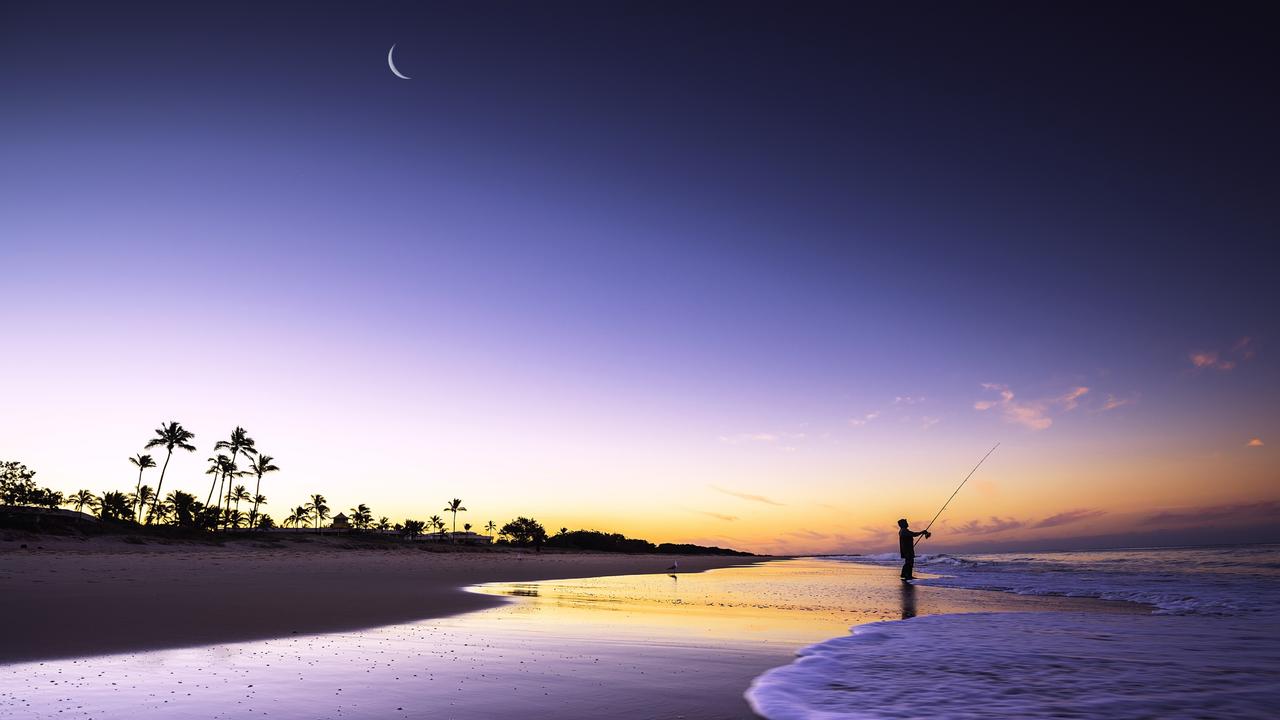
Lunar calendars
The length of our months is based partly on the phases of the moon. The length of time between full moons is 29.53 days, or just over four weeks.
Originally calendars for the year were devised using months made up of lunar cycles. People would look for the first sign of the waxing crescent moon (when the light side of the moon was growing toward a full moon again) and start their month.
Ancient astronomers noticed that roughly 12 cycles of the moon made up a year, but if the months were based solely on the cycles of the moon, the seasons quickly became out of sync* with the months.
In about 3000BC the ancient Babylonians* came up with the solution of starting their new year on the first full moon after the vernal (spring) equinox — the point when daylight hours are equal to night hours in the northern hemisphere. This is known as a luni-solar calendar because it combines sightings on movements of the sun and the moon.
Later cultures created calendars that were independent of lunar cycles but still divided the year into 12 months that were around the same length as one cycle of the moon.
Muslims still use lunar cycles to determine the months and length of years, which are shorter than the solar year.
This is why festivals such as Ramadan are at different times of the year.
Aboriginal astronomy
Aboriginal Australians are sometimes called the world’s first astronomers. There are many Dreamtime* stories about the moon, the stars and the planets. Aboriginal people used their knowledge of astronomy to help them survive in the different seasons.
In most Aboriginal cultures, the moon is male and the sun is female.
Here are some of the better known stories and ancient evidence of Aboriginal astronomy.
Ngalindi — the moon
The Yolngu people of Arnhem Land, which is in the far north of Australia, call the moon Ngalindi and in their stories he was originally a fat lazy man (corresponding to the full Moon) for which he was punished by his wives, who chopped bits off him with their axes, producing the waning moon.
He managed to escape by climbing a tall tree to follow the sun, but was badly wounded and died (the new Moon). After remaining dead for three days, he rose again, growing round and fat (the waxing Moon), until, after two weeks his wives attacked him again. The cycle continues to repeat every month.
Until Ngalindi first died, everyone on Earth was immortal, but he cursed humans and animals so that only he could return to life. For everyone else, death would be final.
Walu — the Sun-woman
The Yolngu people also tell how Walu, the Sun-woman, lights a small fire each morning, which we see as the dawn.
She decorates herself with red ochre*, some of which spills onto the clouds, creating the red sunrise. She then lights her torch, made from a stringy-bark tree, and travels across the sky from east to west carrying her blazing torch, creating daylight. As she descends at the end of her journey, again some of the red ochre dusts the clouds to give the red sunset. On reaching the western horizon, she puts out her torch, and starts the long journey underground back to the morning camp in the east. Thus the Yolngu people explained the daily motion of the sun across the sky and back again under the ground.
Ngaut Ngaut rock art
Early Aboriginal rock art in Ngaut Ngaut on the banks of the Murray River, north of Adelaide, are said to show the cycles of the moon.
It is believed humans occupied the area as long as 27,000 year ago and the site has various engravings* of animals, people, gods, the sun and moon.
Near the engravings are a series of dots and lines carved in the rock, which, according to the traditional owners of the land, show the “cycles of the moon”.
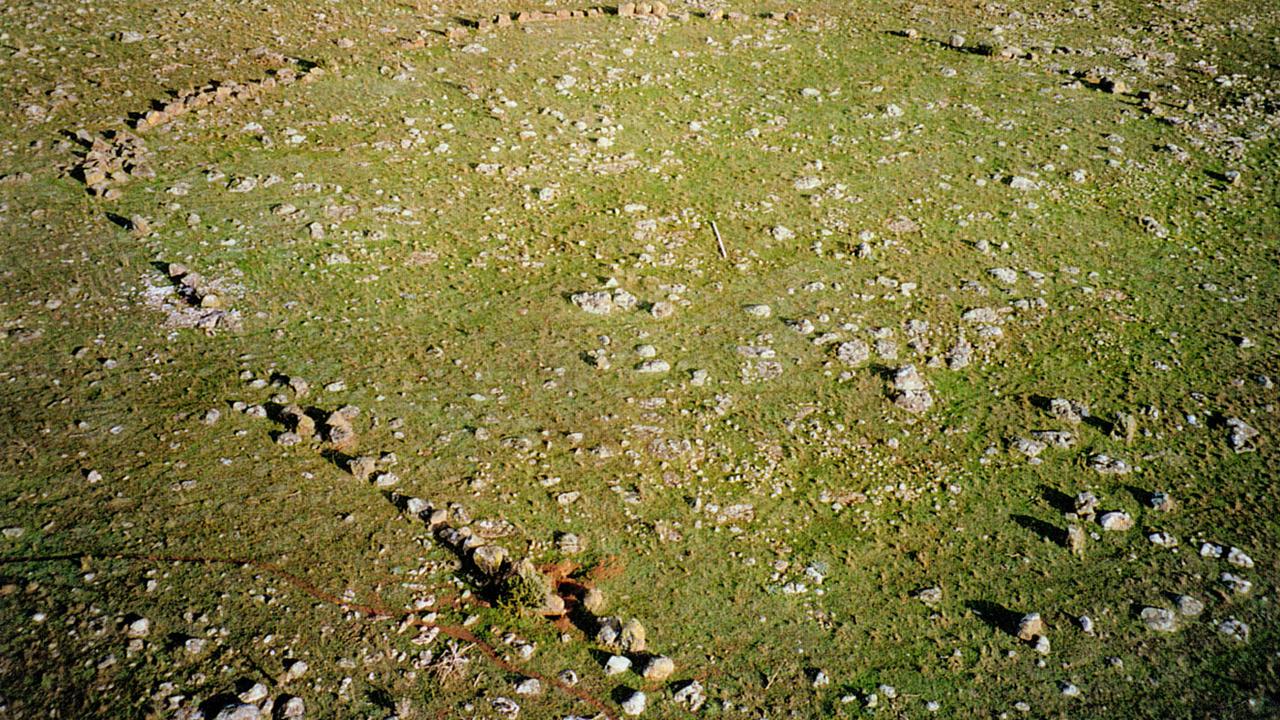
Wurdi Youang observatory
An ancient Aboriginal site at a secret location west of Melbourne in the Victorian bush could be the oldest astronomical observatory in the world.
Scientists studying the Wurdi Youang stone arrangement believe it could date back more than 11,000 years and was used to map out the movements of the sun during the year.
The arrangement of stones was formed using about 90 blocks of basalt and clearly identifies the equinox, the winter solstice* and the summer solstice.
Moon phases
The moon’s phase depends only on its position relative to Earth and the sun. It has nothing to do with shadows.
The moon doesn’t make its own light, it just reflects the sun’s light as all the planets do. The sun always illuminates one half of the moon.
The sun lights up different sides of the moon as it orbits around Earth — it’s the fraction of the moon from which we see reflected sunlight that determines the lunar phase.
The phases are:
- New moon
- Waxing crescent
- First quarter
- Waxing gibbous
- Full moon
- Waning gibbous
- Last quarter
- Waning crescent
The man in the moon
The markings on the moon are often called “the man in the moon ” because in the northern hemisphere* they look like a face.
In the southern hemisphere where we live, many people think they look like a rabbit. The dark markings are from lava flows caused by meteor impacts.
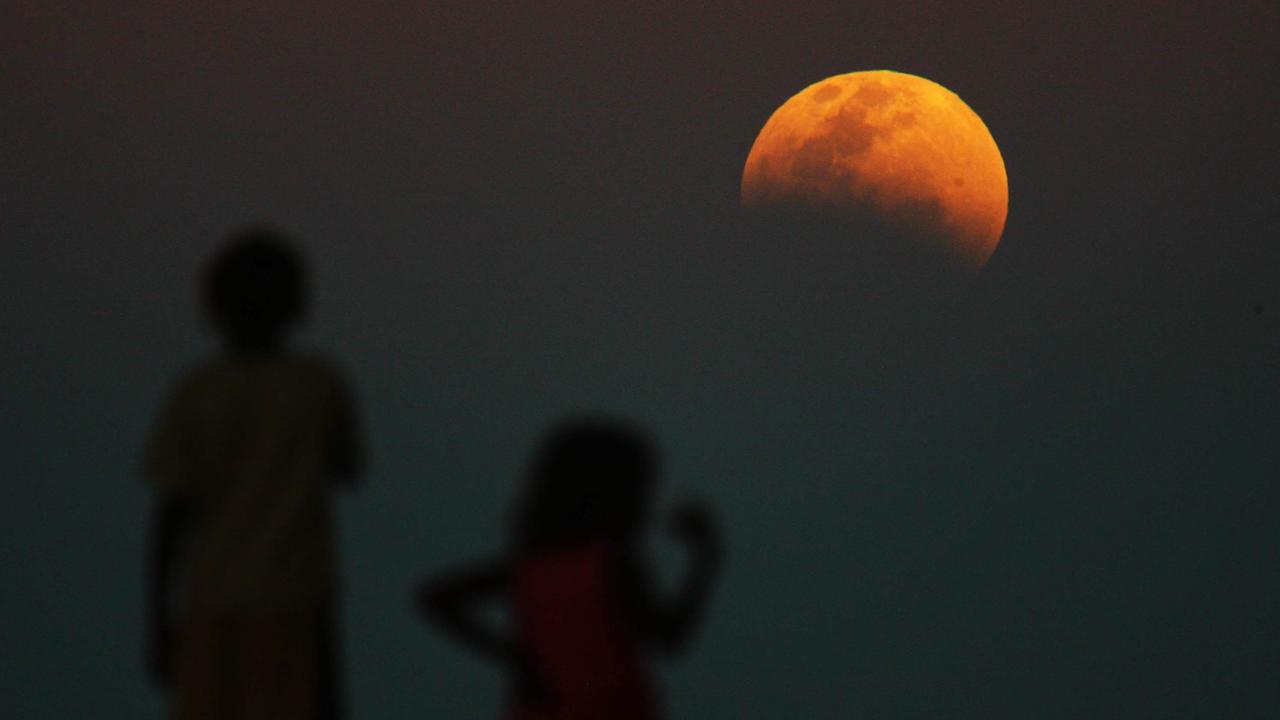
Eclipses
During eclipses, the moon, Earth and sun are in a straight line, or nearly so.
A lunar eclipse takes place when Earth gets directly or almost directly between the sun and the moon, and Earth’s shadow falls on the moon. A lunar eclipse can occur only during a full moon.
A solar eclipse occurs when the moon gets directly or nearly directly between the sun and Earth, and the moon’s shadow falls on us. A solar eclipse can occur only during a new moon.
GLOSSARY
- astronomical: relating to astonomy and planets
- satellite: moon or secondary planet orbiting a planet, or an artificial thing placed in orbit
- orbits: follows a curved path around a planet, star or moon
- diameter: straight line from one side of a sphere to the other
- illuminated: light up
- gravitational: relating to movement towards a centre of gravity
- out of sync: not working well
- Babylonians: an inhabitant of Babylon or Babylonia
- Dreamtime: Aboriginal understanding of the world, of it’s creation, and it’s great stories
- ochre: a yellowish-orange colour, or a substance obtained from earth
- engravings: etching a design on to a hard surface such as rock
- solstice: when the sun reaches its highest or lowest point in the sky at noon, marked by the longest and shortest days
- hemisphere: half of the Earth
EXTRA READING
Part 2: Early space exploration
Part 3: The three Apollo 11 astronauts
QUICK QUIZ
- How cold does it get on the moon at night?
- What is another name for the dark side of the moon?
- How does the moon cause tides?
- What seems to appears on the moon in the northern hemisphere?
- True or false? The moon makes its own light.
LISTEN TO THIS STORY
to come
CLASSROOM ACTIVITIES
Refer to the accompanying 50th Anniversary of the Moon Landing classroom workbook with 25 activities. Can be purchased for $5 including GST at https://kidsnews.myshopify.com/products/moon-landing
HAVE YOUR SAY: What fact about the moon did you find most interesting?
No one-word answers. Use full sentences to explain your thinking. No comments will show until approved by editors.

